Parole rooms can feel procedural until a sentence cracks open and something new spills out. Regrets sharpen, timelines shift, and long-held myths take a hit. Families arrive with letters and decades of quiet prosecutors revisit old files board members press for specifics, not speeches. What emerges is rarely closure. It is context. It is motive in clearer focus, responsibility finally stated, or a policy gap laid bare. The hearings below didn’t just decide freedom. They reframed what the public thought it knew.
O. J. Simpson On Risk, Remorse, And Aging
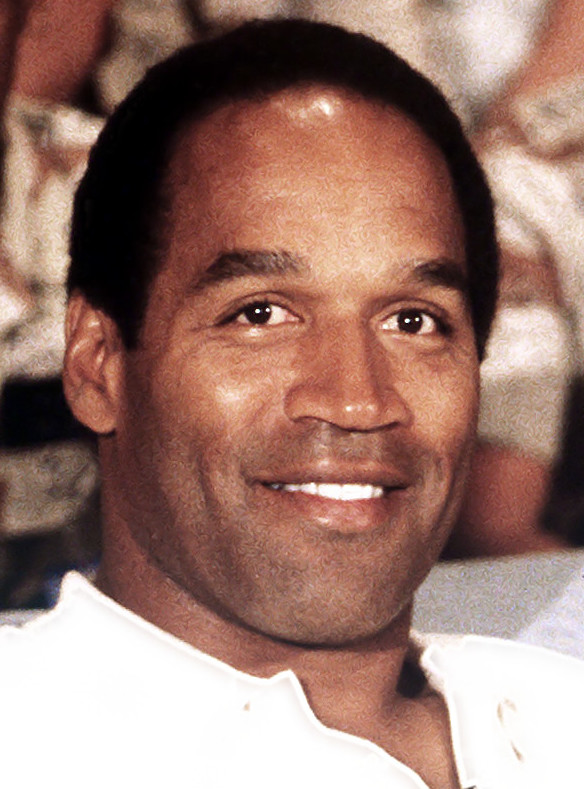
Simpson’s Nevada hearing focused on structure more than profile. He walked through classes, work assignments, and the blur of routine that trims risk over time. Victim voices kept stakes visible as the panel probed intent, influence from friends, and why it would be different outside. The transcript showed entitlement shrinking under rules and clocks. Not absolution, but detail. A reminder that risk is a moving target measured by habits.
Sirhan Sirhan, Memory Gaps, And Political Heat
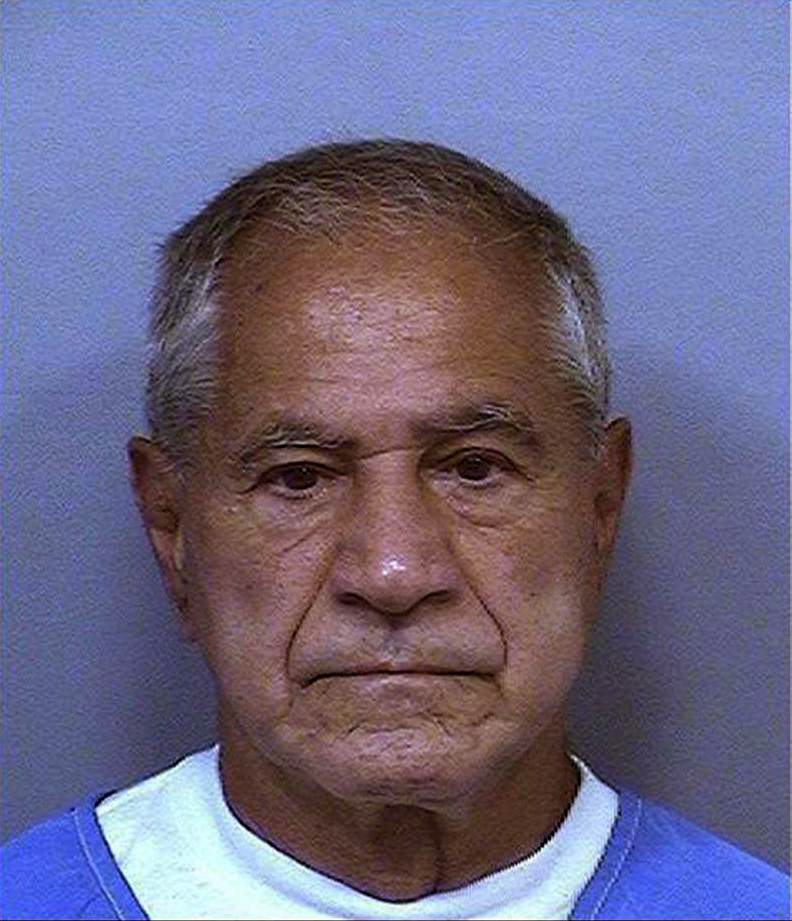
Sirhan’s reviews circled remorse, trauma, and whether memory can be trusted after shock. Supporters pointed to hypnosis reports and contradictions, while prosecutors anchored the case in witness accounts and lasting harm. Each session stacked new exhibits beside old pain. The board weighed age and behavior against a crime that still vibrates through politics. The hearing room became a ledger where uncertainty and accountability had to share space.
Mark David Chapman And The Fame Motive
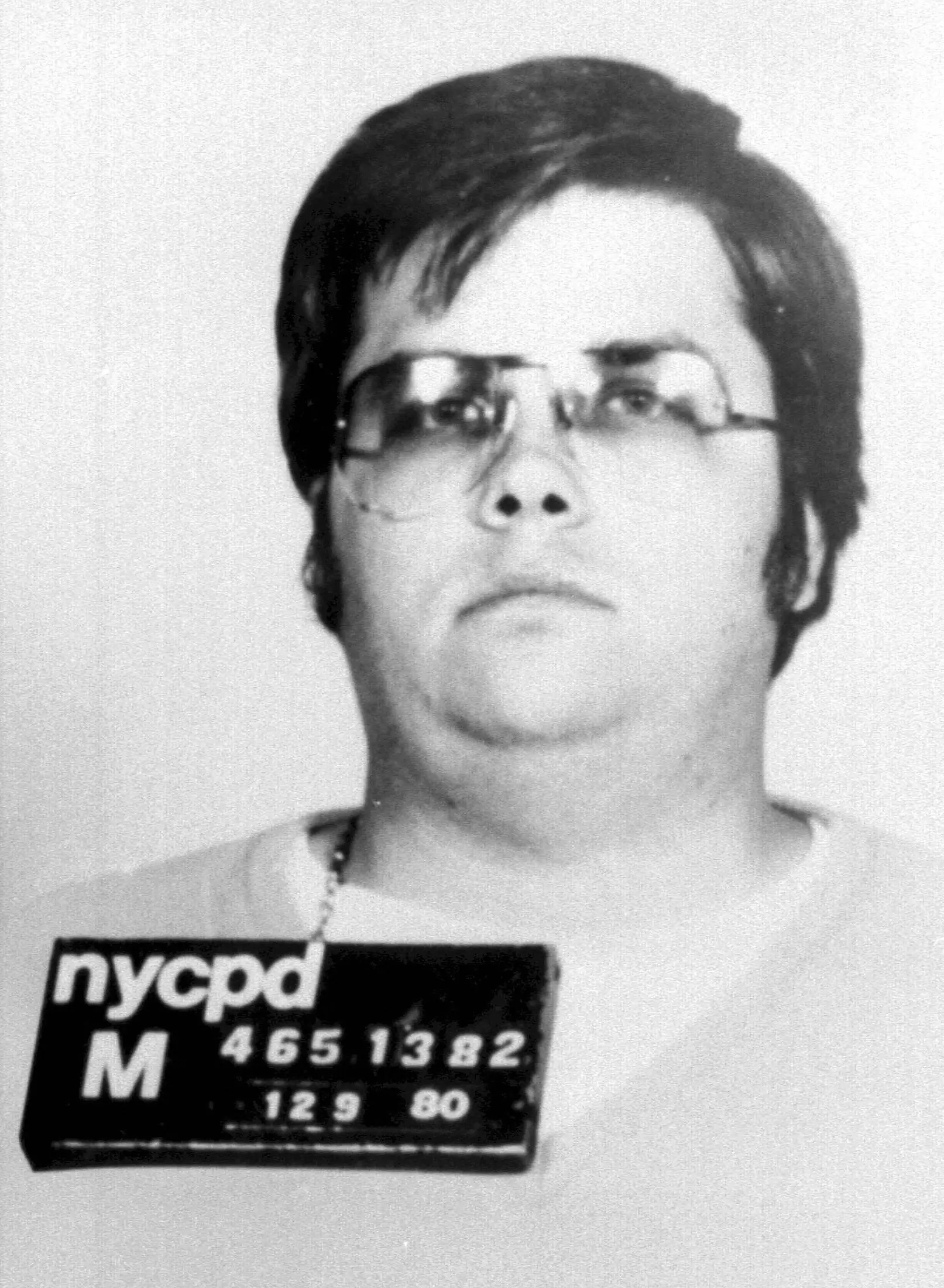
At later hearings, Chapman stripped the story down to its smallest parts. He described a hollow chase for attention that swallowed judgment and left a life reduced to a headline. The panel pressed on planning, the book he carried, the hours before the shooting, and how fantasy hardened into action. The testimony flattened the old myths. It replaced mystique with ordinary vanity and showed how celebrity culture can distort lonely minds.
David Berkowitz, Letting The Demon Story Go
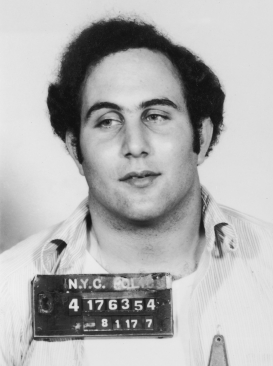
Berkowitz moved away from the old theatrics that once fed headlines. He spoke about manipulation and a younger self trying to hide behind a story that made him feel larger than his acts. Chaplains and clinicians described service and study that demanded quiet honesty. The board recorded a shift from mystery to accountability. Sensation gave way to paperwork and plain words, and with that, the false halo finally dimmed.
Leslie Van Houten On Indoctrination And Agency
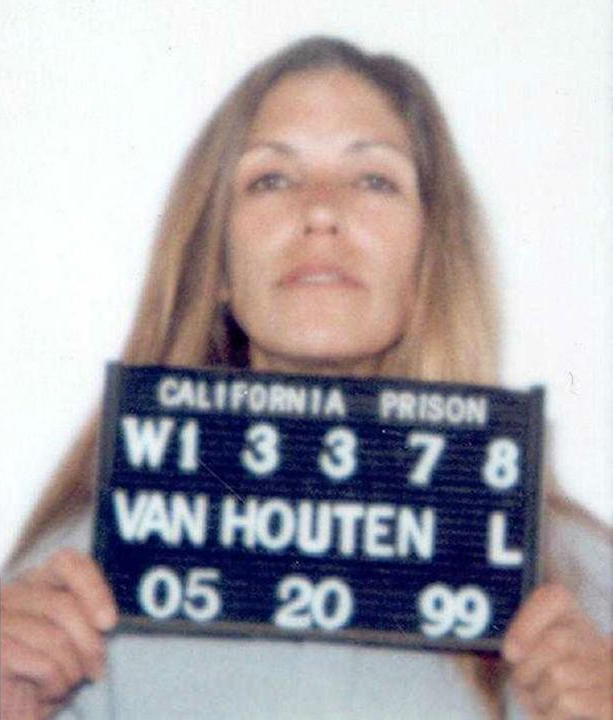
Van Houten detailed how isolation, drugs, and group control narrowed choice until wrong felt inevitable. Therapists mapped the slow unlearning of scripts that once passed for truth. The board listened for the difference between explanation and excuse, for signs that insight had turned into habits. Families spoke plainly about loss. What emerged was a record of change that did not erase the dead, only clarified how someone got there.
Patricia Krenwinkel And The Work Of Remorse
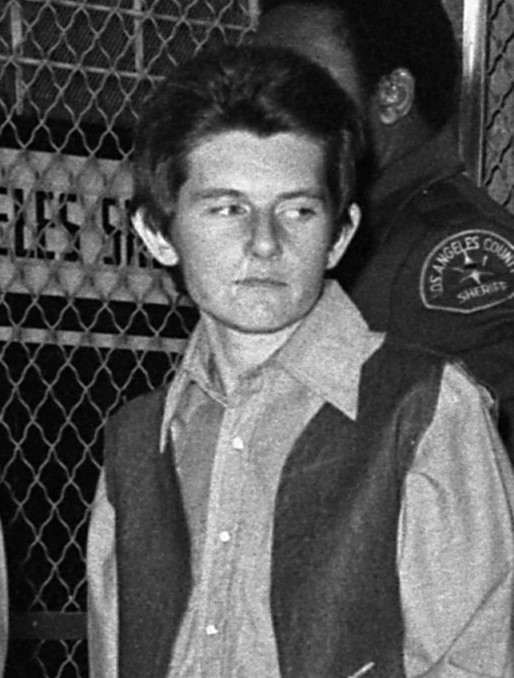
Krenwinkel’s hearings turned on language and ownership. She described how belonging morphed into obedience, and how obedience collapsed into violence she can name without softening. Evaluators charted decades of treatment and victim impact work in unglamorous steps. The panel listened for distance from ideology and for remorse that could hold up under crosswind. On the page, euphemism vanished. Specifics replaced gloss, and complicity became something traceable.
Oscar Pistorius, Paperwork And Proximity To Harm

Pistorius’s hearings threaded psychology, victim impact, and routine. The board looked for clean conduct, program completion, and a plan that reduces contact with triggers. The family voice brought the loss back into focus, reminding the room that paperwork maps only part of a wound. What stood out was the translation of growth into forms and logs. Incremental, bureaucratic, necessary. A way to make supervision visible and testable.
John Hinckley Jr., Obsession Unwound In Clinical Detail
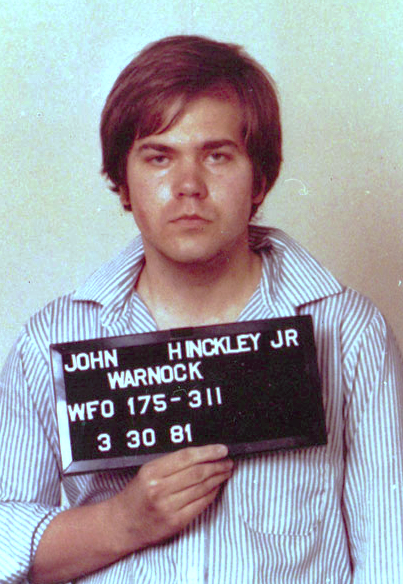
Hinckley’s hearings trace a long unwinding of obsession into supervised normalcy. Psychiatrists detailed stable medication, insight into past delusions, and years of step downs from hospital wards to escorted community visits. Risk tools, home checks, and tight limits on media, internet, and travel were balanced against steady conduct and family oversight. Victim impact remained central. The record reads like a blueprint for dismantling fantasy with routine, accountability, and boundaries that hold.dings. Each appearance has forced a fresh look at motive claims, accountability, and the boundaries of mercy for school-violence cases. The paperwork reads like policy in real time.
Colin Pitchfork, Release, Breach, And Rethink
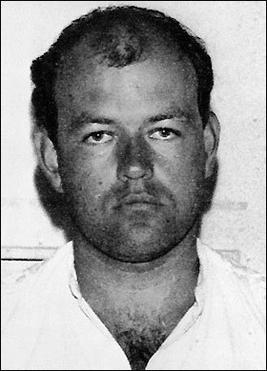
Pitchfork’s path showed how release can expose blind spots. After breach of license, reviewers retraced the checklist: warning signs, community monitoring, and what was missed in real time. Experts debated thresholds that look obvious only in hindsight. Policy shifted in the margins, where most safety work actually lives. The secret here was procedural. Not dramatic, but decisive, because public protection often turns on small, fixable gaps.
Charles Bronson’s Public Hearing Made Process The Story
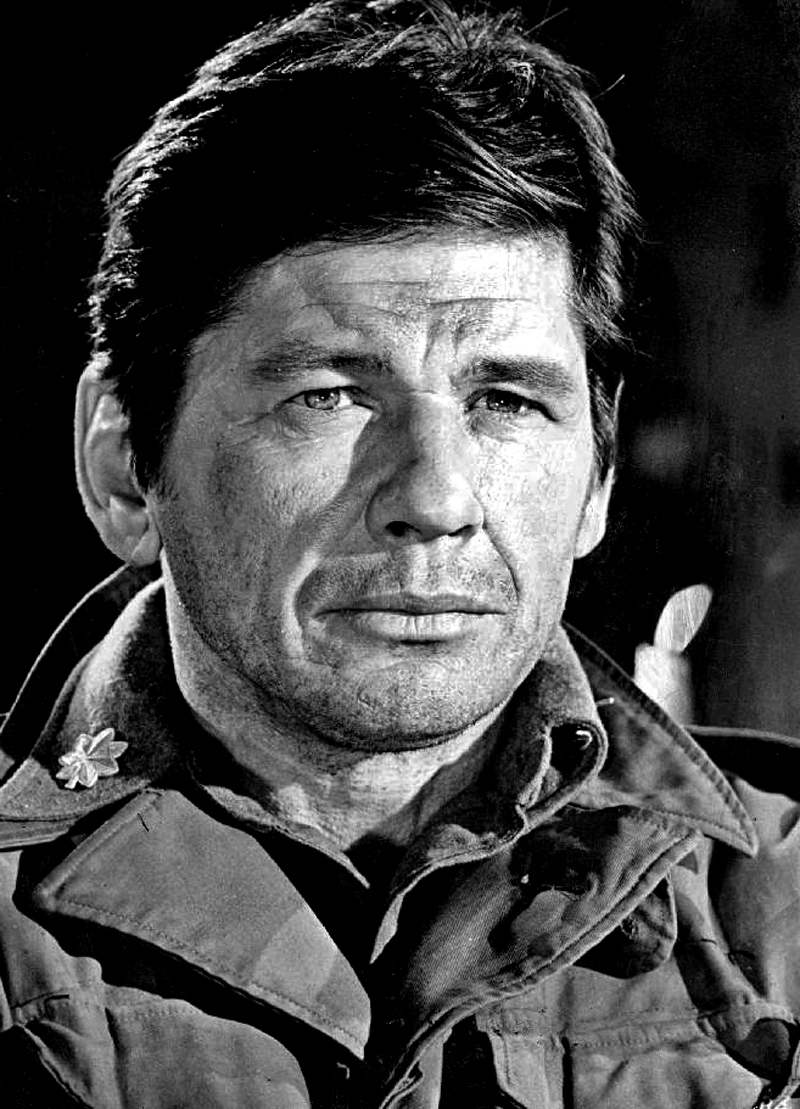
One of the UK’s first public parole hearings unfolded in 2023, with the board ultimately denying release. The openness rare in parole revealed how officials test violence risk, how prisons document change, and how spectacle pressures decision-makers. Later updates moved back to private, but the precedent showed what sunlight clarifies and what it can distort.


